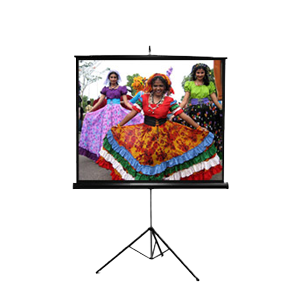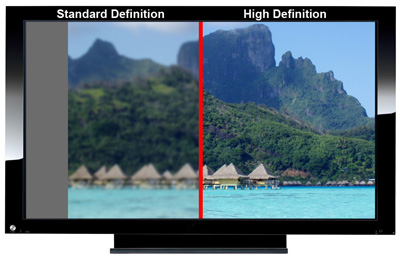For some, the actual differences between low-definition, standard definition, and high definition video can be a bit confusing.
High Definition Video – This is the newest form of video that rose primarily at the advent of the HDTV (High Definition Television). Most of us are familiar with high-definition video, as it’s been heavily marketed the past few years by the film industry, home theatre companies, and cable companies. The most common resolutions of HD video are 1280×720 pixels (often referred to as 720p) and 1920×1080 pixels (often referred to as 1080i/1080p). 1080p is one of the highest resolutions that common displays can currently use, which makes for a much clearer and sharper image than video shot in standard definition.
Standard Definition Video – This was the industry standard for years, and is what most types of video tapes such as VHS, Hi8, Video8 and Betamax used. The resolutions for standard def in North America is 720×480 pixels. For Europe, the resolution is set at 704×576. Video transfer projects such as VHS to DVD San Diego, or camcorder tapes to DVD are also played at standard definition, as standard definition is also the same resolution that DVD movies use.
Low Definition Video – This video type refers to television systems and videos that have a lower screen resolution than standard-definition. The term is usually used in reference to digital television, in particular when broadcasting at the same (or similar) resolution as low-definition analog TV systems. Mobile DTV systems usually transmit in low definition, as do all slow-scan TV systems.
You’d typically find most of your low-def programming from various internet sites, like Youtube, or videos downloaded on an iPod, or other portable device. The typical resolution of low-def video is 320×240 pixels.










